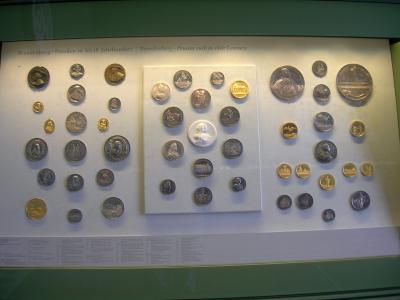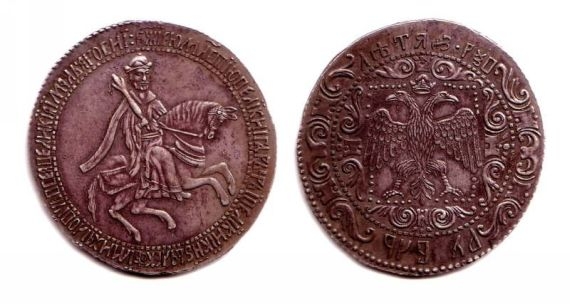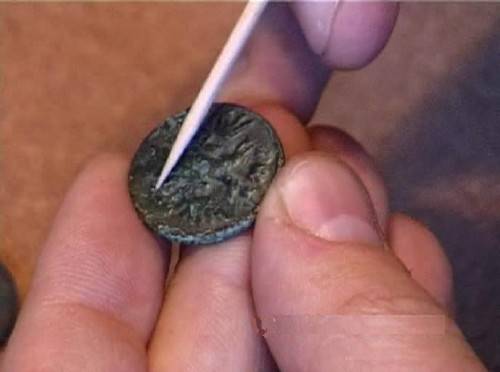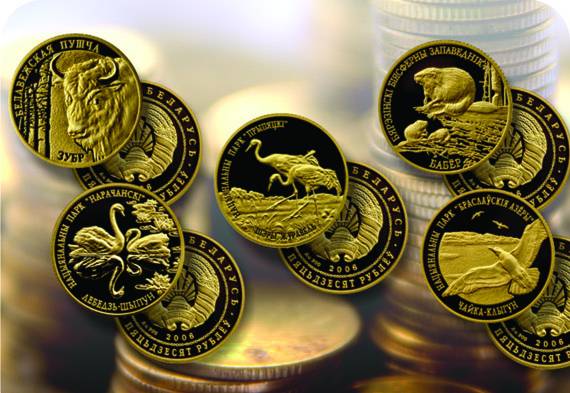The ruble of Emperor Constantine I from the Romanov dynasty
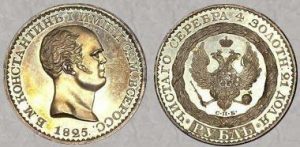 The most important mystery of this coin is that there has never been such an emperor like Constantine I, but there was a ruble of Constantine I! Not a single rare coin of that period is so popular with historians. She devoted a lot of handwritten works.
The most important mystery of this coin is that there has never been such an emperor like Constantine I, but there was a ruble of Constantine I! Not a single rare coin of that period is so popular with historians. She devoted a lot of handwritten works.
Grand Duke Constantine divorced Anna Feodorovna, his wife, after which he was married to Countess Grudzinskaya. Everyone thought that this marriage of the prince was unequal, and therefore he was accepted as “unacceptable”. The members of the royal family began to blame Constantine, but he stood his ground. Under pressure from his brother in 1823, Constantine himself abdicated the throne.
And the act of abdication was committed by him in deep secrecy, which was very strictly and indestructibly observed by members of the royal family. In 1825, Alexander died. The receiver of the royal power was to be Constantine. Preparations for the coronation of Constantine began immediately in St. Petersburg.
E. Kankrin – The Minister of Finance decided to outdo everyone. And on his instructions, the production of the ruble began with the profile of the “emperor” Constantine I. The idea was very risky. Since it was hard to guess how the new emperor would react to all this. Work on the ruble was carried out in the strictest confidence, because these are not ordinary steel pipes, but a sign of authority, which the emperor has not yet ascended to the throne.
Usually, a master engraver could cut a very high complexity stamp in a week’s work. Immediately the master was given a period of four days. In order to be on time, several more medalists were attracted. Their work was led by Jacob Reichel – the most famous master of that period.
On December 12, a total of six coins were minted. On the front side was placed the profile of the new emperor, and on the stamp side there was a royal eagle surrounded by a wreath. Under the eagle was a sign of the mint.
But from the idea of Kankrin did not work. December 14 at a meeting of the State. Council heir was proclaimed Nicholas. In the capital, everything immediately changed. And so the idea of the Minister of Finance was dangerous. It was well understood by everyone who was somehow connected with the Constantine Ruble.
Kankrim personally ordered all the coins and tools to be destroyed, and so that there was no doubt that all the coins were destroyed, a box with samples of the coins was delivered to Kankrin personally.
A box with these “objectionable” rubles lay in the Ministry of Finance for 54 years. By order of Emperor Alexander II, the box was opened, the coins themselves were transferred to the emperor. He divided them. 1 coin was left for the personal use of the emperor – this coin is now in the Hermitage, on the 1st coin was presented to the princes Georgy Mikhailovich and Sergei Alexandrovich. The fourth coin was delivered to Alexander of Hesse. Now it is known only about six “Constantine Rubles”, although they were made exactly eight.
